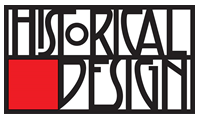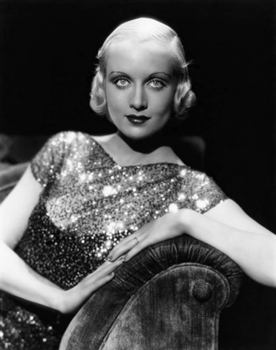Product Description
French Art Deco Dinanderie Vase c. 1930


FRENCH ART DECO
Dinanderie vase c.1930
Richly patinated handwrought boule vase with a double large triangle silver overlay motif, square palm wood attached base
For more information see: Art et Décoration Revue Mensuelle D’Art Moderne, Tome XLVII. (Paris: Librairie Centrale Des Beaux-Arts) p.217; Silver of a New Era: International Highlights of Precious Metalwork from 1880 to 1940, (Rotterdam: Museum Boymans van-Beuningen, 1992) p.68, cat.no. 61; La Dinanderie Française 1900-1950, Dominique Forest and Marie-Cécile Forest (Paris: Les Éditions de l’Amateur, 1995) p.231-233.
H: 9” x D of vase: 8 ½”
French Art Deco Dinanderie Vase c. 1930
